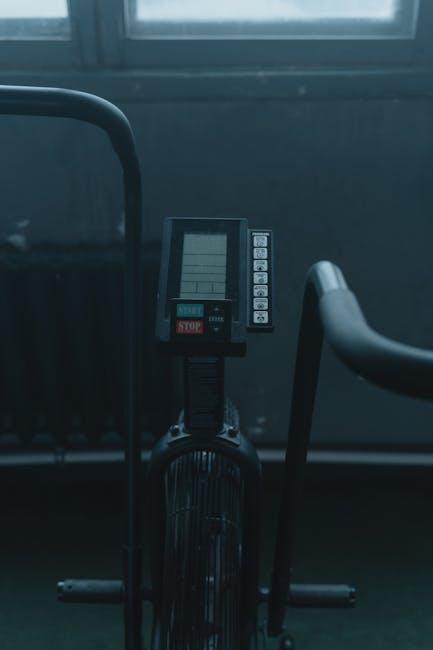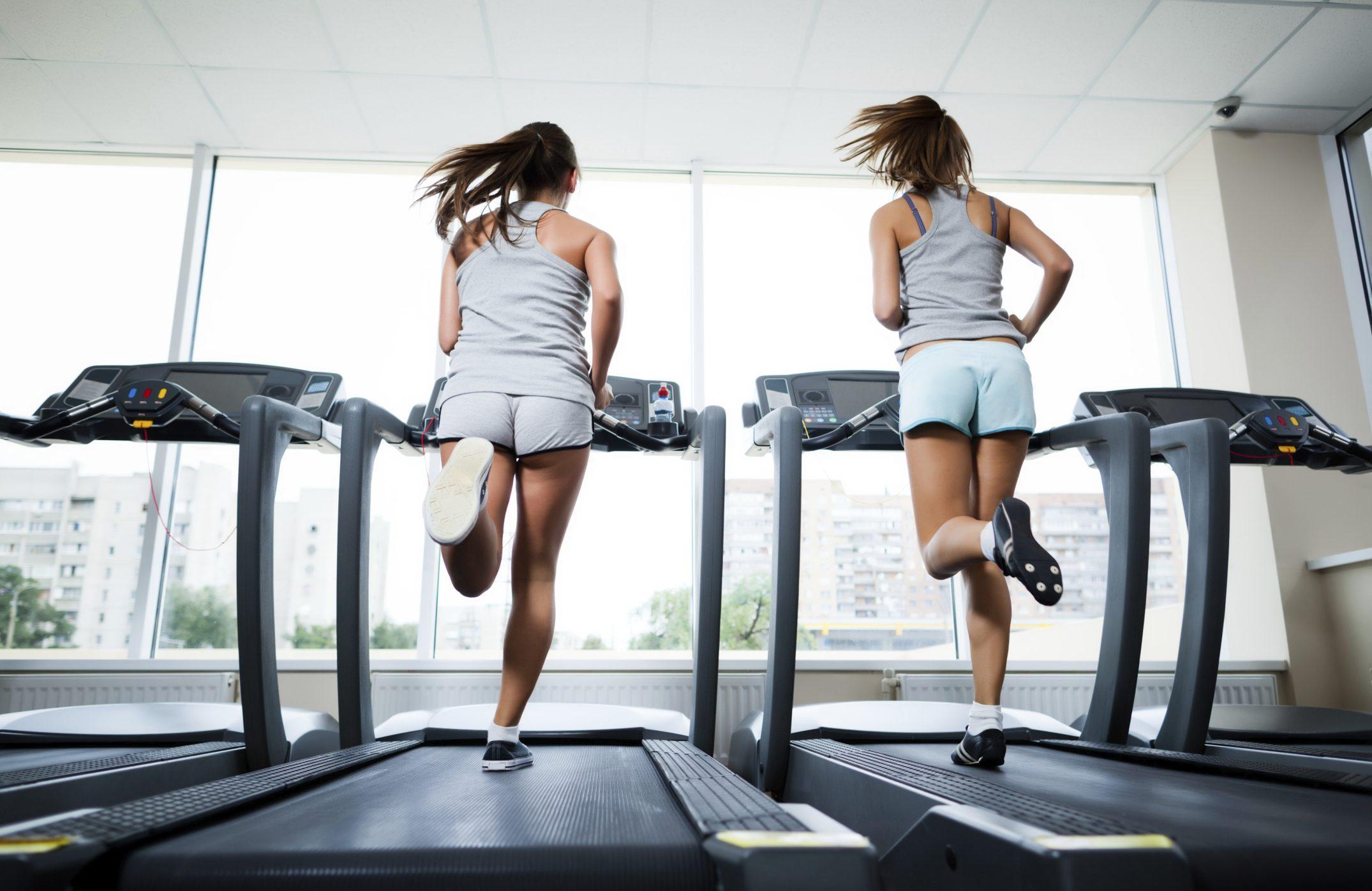In the ever-evolving world of fitness, a perennial debate endures: is the rhythmic hum of a treadmill superior to the unpredictable terrain of outdoor running, or does nature offer an unparalleled experience that machines simply can’t replicate? As runners lace up their shoes, the choice between the controlled environment of the gym and the open expanse of the outdoors presents itself. This decision, seemingly simple, is layered with considerations ranging from physical health benefits to mental well-being, weather conditions to technological conveniences. In this article, we embark on an exploration of these two distinct running experiences, delving into the science, psychology, and personal preferences that might sway a runner’s allegiance one way or the other. Whether you’re a seasoned marathoner or a casual jogger, join us as we uncover the truths and myths about treadmills and outdoor running, guiding you toward the path that best aligns with your fitness journey.
Comparing Terrain and Impact on Your Joints
The terrain you choose for your run can significantly affect the stress placed on your joints. Treadmills, with their cushioned belts, offer a consistent surface that can be gentler on the knees and ankles. This is particularly beneficial for those recovering from injuries or looking to minimize impact while still getting a solid workout. Moreover, the predictable surface of a treadmill eliminates the risk of tripping over uneven ground, making it a safer option for some runners.
On the other hand, outdoor running presents a variety of terrains that can both challenge and strengthen your joints over time. Consider the following:
- Grass and dirt trails provide a softer landing, reducing impact and enhancing joint stability.
- Concrete sidewalks are the hardest surfaces, potentially leading to more stress on the joints, but they also help in building resilience.
- Hilly terrains introduce natural inclines and declines, engaging different muscle groups and improving overall joint flexibility.
While outdoor running may expose you to unpredictable surfaces, it also offers the opportunity to adapt and strengthen your joints in varied ways that a treadmill cannot replicate. Ultimately, the choice between treadmill and outdoor running should align with your personal fitness goals and any joint concerns you may have.

Weather and Environmental Factors in Your Workout
When considering the influence of weather and environmental factors on your workout, the decision between treadmill and outdoor running becomes a dance between nature’s unpredictable symphony and the consistent hum of a machine. Outdoor running allows you to immerse yourself in the elements, embracing the sun’s warmth or the invigorating chill of a morning breeze. However, this exposure also means contending with the whims of the weather—rain, snow, and heat can transform a pleasant jog into a challenging ordeal.
- Seasonal Changes: Outdoor enthusiasts often relish the change in scenery as seasons shift, but it can also mean adjusting to slippery leaves in autumn or icy paths in winter.
- Air Quality: While running outdoors connects you with nature, urban runners must be wary of air pollution, which can affect respiratory health.
- Terrain Variability: Natural terrains offer varied surfaces that engage different muscle groups, whereas treadmills provide a flat, predictable surface that reduces the risk of injury.
In contrast, the treadmill offers a controlled environment, shielding you from external conditions. It’s a haven during extreme weather, allowing for uninterrupted training regardless of what’s happening outside. For those who value consistency and the ability to track performance metrics closely, the treadmill becomes an ally, though it lacks the spontaneous allure of the great outdoors.

Analyzing Caloric Burn and Muscle Engagement
When it comes to evaluating the caloric burn and muscle engagement between treadmill running and outdoor running, several factors come into play. Caloric expenditure is influenced by pace, incline, and environmental conditions. Treadmills offer a controlled environment where you can set a consistent pace and incline, which can potentially lead to a higher caloric burn in a shorter period. However, running outdoors introduces variables such as wind resistance and varied terrain, which can naturally increase energy expenditure.
Regarding muscle engagement, outdoor running tends to engage more muscles due to the need for stabilization on uneven surfaces and the natural variance in terrain. Key muscle groups include:
- Core muscles for balance and stability
- Leg muscles like the quadriceps, hamstrings, and calves for propulsion
- Smaller stabilizing muscles that might not be as engaged on a treadmill
While treadmills offer the advantage of consistency and the ability to simulate hills through incline settings, outdoor running provides a more holistic workout by engaging additional muscle groups. Ultimately, the choice between the two may depend on personal fitness goals and preferences.

Choosing the Right Running Strategy for Your Goals
When it comes to aligning your running strategy with your fitness goals, both treadmills and outdoor running offer unique benefits that cater to different needs. Treadmills provide a controlled environment, allowing you to focus on specific training goals such as speed, interval workouts, or incline running without the unpredictability of outdoor conditions. This can be particularly advantageous for those aiming to improve cardiovascular endurance or for injury rehabilitation, where maintaining a steady pace and surface is crucial.
On the other hand, outdoor running introduces natural elements like wind resistance and varied terrain, which can enhance muscle engagement and balance. This option is often preferred by those who enjoy the mental benefits of being in nature or are training for events like marathons that take place outdoors. Consider these factors when crafting your running plan:
- Climate Control: Treadmills offer the convenience of indoor running, perfect for avoiding harsh weather.
- Surface Variety: Outdoor running challenges your muscles with different surfaces, from pavement to trails.
- Motivation: Some find the changing scenery of outdoor runs more motivating, while others prefer the digital feedback from treadmill screens.
- Safety: Treadmills can be a safer choice for night-time or urban runners concerned about traffic or uneven paths.
